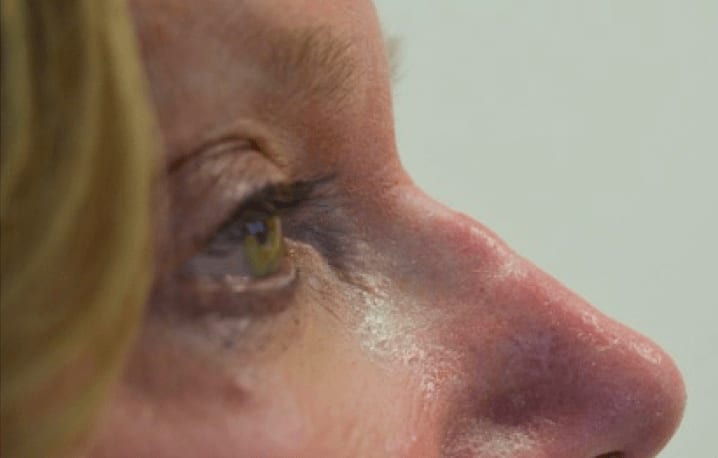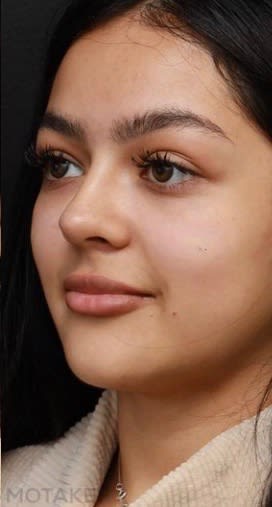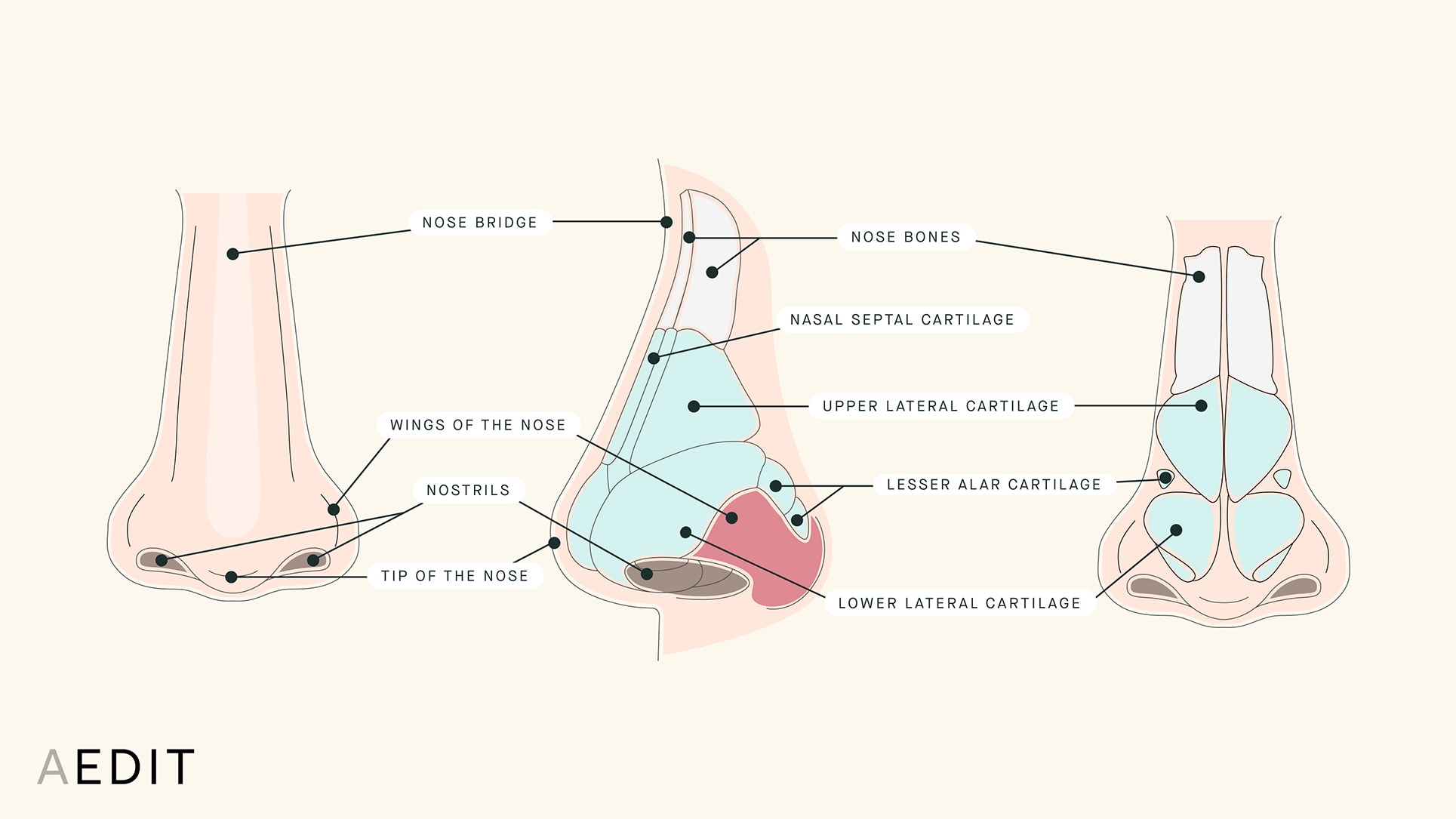
The Skinny
From a human evolution perspective, prevailing research suggests that nose shape is first determined by local climate (humid climates vs. dry climates; colder climates vs. warmer ones). People with ancestors from cool, dry climates can generally expect narrow noses and narrower nostrils than those with family from hot, humid locales. In those cases, wide noses with wider nostrils are more common.
When comparing someone of British descent to someone of West African heritage, the climatic effects are clear. But the differences between the nose shape of an East Asian versus South Asian native is more subtle because geography isn't the only factor. The shape of the nose across the human population evolves with age and can be impacted by factors like injury or illness. Within similar ethnic groups, less obvious differences can exist in nose protrusion, nose ridge length, and more (to learn more, check out our guide to Nose Shape Concerns). Fortunately, there are a number of surgical and non-surgical procedures to enhance and perfect the nose shape.
AEDIT
Before & After Images by Provider









Before & After Images by Provider
Nose Shaping Solutions
The Specifics
Who might consider nose shaping procedures?
There are a variety of concerns related to the shape of the nose that may be caused by genetics, age, or injury.
Patients dealing with such concerns may wish to alter the shape of their nose with a surgical or non-surgical rhinoplasty (a.k.a nose job) procedure.
What can you expect from a nose shaping procedure?
Whether you’re interested in taking a cue from the latest makeup trends and contouring a more sculpted nasal shape with makeup or wish for a more permanent procedure, there are a number of cosmetic treatment options available. While makeup offers a quick fix, rhinoplasties provide long-term results.
The Anatomy of the Nose

Generally speaking, there are two main types of rhinoplasty techniques — open and closed — which come with varying degrees of invasiveness.
As with any surgery, side effects typically include pain, swelling, and possible scarring. Non-surgical techniques, like muscle paralysis and liquid rhinoplasty, also exist for those who do not wish to go under the knife. The scope and longevity of the results may be impacted.
When should you consider a nose shaping procedure?
As with most cosmetic procedures, timing of an operation is generally only limited by active health issues or infection. If a rhinoplasty procedure is being considered for a younger person, age becomes an important factor. Surgeons will not operate on teenagers whose nasal bones have not stopped growing. Girls’ noses generally aren’t considered fully formed until one year after menses (around 15 years old), while boys are usually considered fully grown one year after their last noted growth spurt — around 18 years old.
Why should you consider a nose shaping procedure?
According to the American Society of Plastic Surgeons 2018 Plastic Surgery Statistics Report, there were nearly 215,000 nose reshaping (read: rhinoplasty) procedures performed in the U.S. in 2018 alone. As one of the most cosmetic procedures, there are an array of techniques that can be employed to yield a result that address a number of cosmetic concerns in a way that complements the existing facial features. Additionally, injury or trauma may necessitate a procedure in order to restore previous appearance.
To better understand the healing and downtime associated with the procedure, check out our complete guide to rhinoplasty recovery.
Surgical Nose Shaping Procedures
With a multitude of techniques available, rhinoplasty is the most common and permanent surgical procedure to refine the shape of the nose.
Non-Surgical Nose Shaping Procedures
For patients who are not ready for a surgical procedure or are looking for a temporary solution to their nose shape concerns, there are less invasive, non-surgical treatment options available.
Makeup
For a more contoured nose without a trip to the plastic surgeon's office, makeup can be used to create the appearance of a more sculpted face and nose.
The Takeaway
While different populations, different climates, human evolution, and natural selection have led to a great variety of nose shape and nose measurements, there is a similarly wide array of surgical and non-surgical procedures available to create the ideal nose shape. A consultation with a board certified plastic surgeon will help to ensure you select that treatment that is best for you.





